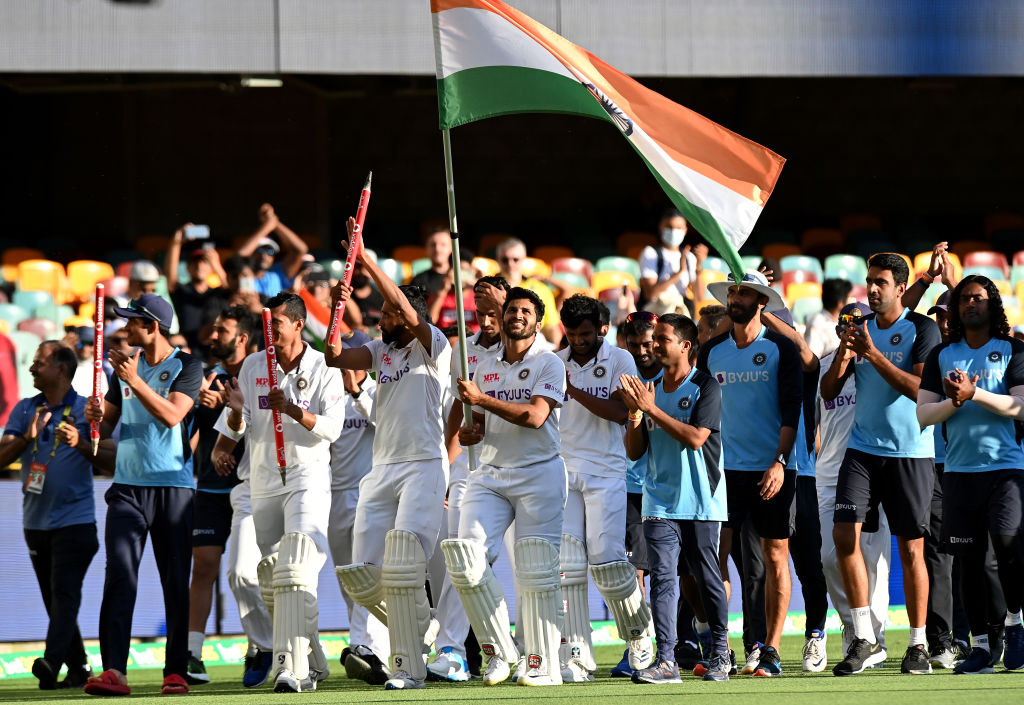SVenkataraghavan, the Indian cricket team’s manager on their 1985 tour of Australia, found himself alongside Donald Bradman one day, both watching the players grind through their routine but elaborate calisthenics.
How the great Australian had kept himself fit in his time out there in the middle was what the erstwhile spinner extraordinaire wanted to know. Asked the very simple question, Bradman offered an equally uncluttered answer: all that he had had to do was to keep playing cricket. No more, no less.
Venkataraghavan would have been very happy, given that this had been his own way in his day too, and had led to his being described as supremely fit even when he played Test cricket at the age of 38. More or less contemporaneously,
Brian Johnston wrote that merely looking on as the West Indies, led by Clive Lloyd, tuned physically up for a Test match in London, he had felt utterly knackered himself, the specialistsupervised motions being gone through a world away from how he had viewed the game previously.
The game, Venkataraghavan once said in an interview, called essentially for cricketing fitness and not the Olympian kind. Behind the Caribbeans’ 1983 World Cup final defeat were niggles and injuries suppressed or half-hidden, or so said some people at the time and later on. Inquiries might not have been attempted since fitness had already become one of sport’s ancillary industries.
And how India were similarly hamstrung during their latest tour of Australia could have been a story by itself if uncomfortable questions could stll be asked. That India yet completed an unbelievably second fairytale series triumph is hardly the central point here. What is is that for all the purportedly scientific efforts that go into the vital business of building a squad that will be at the peak of fitness at the right moment, all of India’s first-choice bowlers, left injured, were out of the decisive Test in Brisbane.
Mohammad Siraj and Shardul Thakur sent Australia hurtling towards doom where they had anticipated victory all right but the situation ought to have struck the Board of Control for Cricket in India as something that merited an inquiry, especially when it is led by a former national captain. Nothing suggestive of one is in the public domain.
Australia coach Justin Langer, who also has had to cope with injuries, has referred, shifting attention from possible flawed training, to the Indian Premier League’s timing, which he thought was wrong. If it is the BCCI which organises the extremely controversial tournament and then sends its team to Australia where injury strikes with the force of a celestially delivered curse, something is being got wrong somewhere along the way by those widely expected to do a better job. A rich institution poor in thinking is the unavoidable conclusion.












